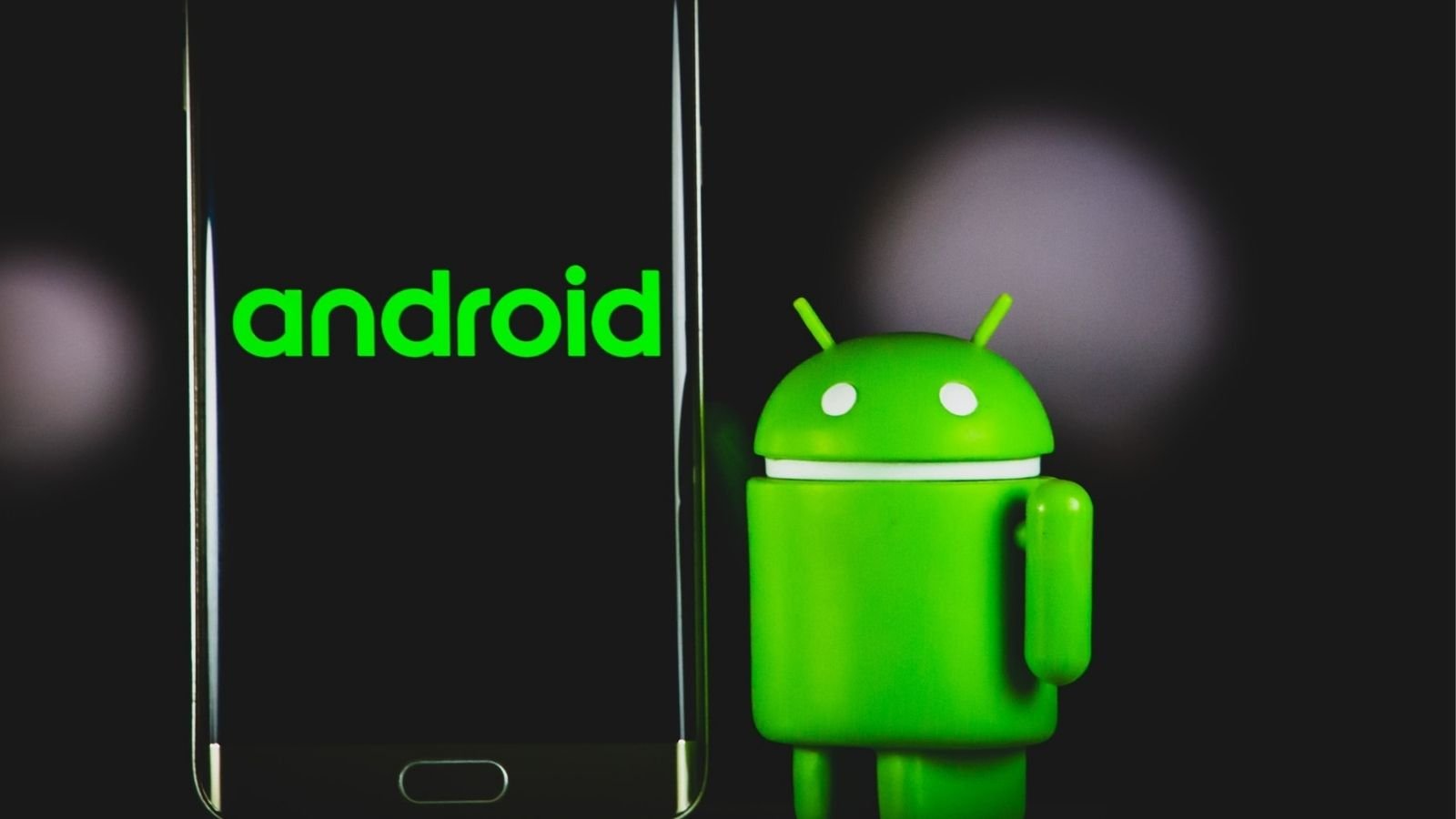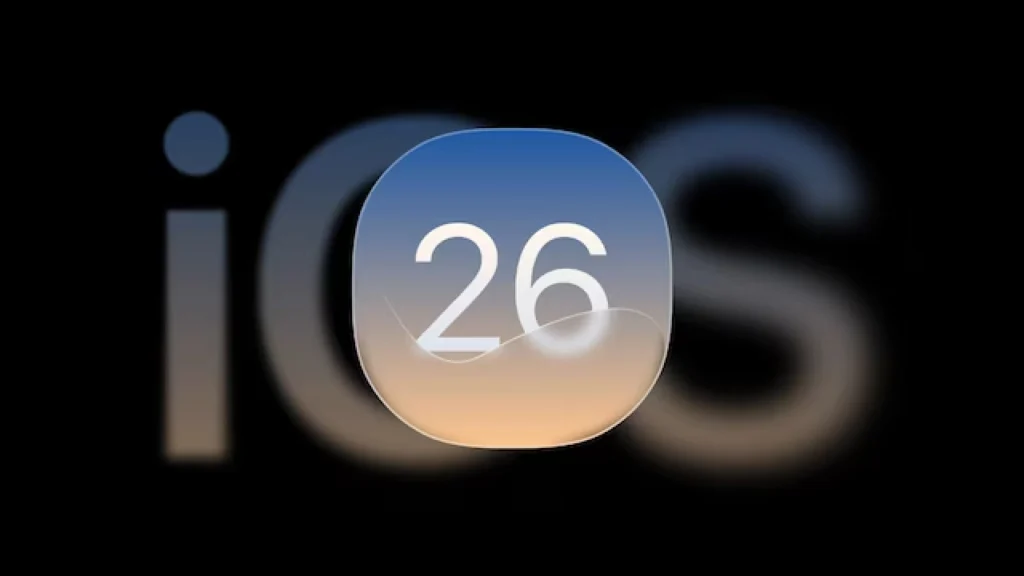Table of Contents
Highlights
- Mobile Operating Systems:While Android and iOS still dominate the OS market, there has been a notable growth in terms of regional, lightweight, and privacy-focused alternatives.
- Concerns regarding politics and supply chain, along with evolving hardware, are making these alternatives more relevant.
- Users and developers will likely see growing portability options and have even more freedom to choose, but this comes with the risk of fragmentation.
The mobile universe has always seemed like a race dominated by two horses, Android and iOS. But behind that surface-level duopoly, a more subtle, more experimental universe is gestating — a blend of regional ecosystems, privacy-oriented initiatives, Linux-powered phone endeavours, and architectural experiments that, behind the scenes, are shaping how phones and devices will act in the future. These alternatives are fun, not because they will immediately bring down the giants, but because they are experimenting with new notions of privacy, device lifespan, local ecosystems, and how phones deal with increasing pressures on on-device artificial intelligence.

Why alternatives matter now
Two large forces are making alternatives more than niche novelties. Politics and supply-chain realities are forcing companies and governments to decrease reliance on a single foreign technology stack. That opens space — and sometimes a sense of urgency — for regional players to create their own software ecosystems.
The second is that the hardware within phones is evolving rapidly. Modern chips include dedicated accelerators for machine learning and much more capable, energy-efficient processors. Those changes make fresh operating system ideas technically feasible. Taken together, these forces mean we are seeing serious engineering and commercial bets, not just hobby projects.
Although Android and iOS continue to lead banner market share, the small slivers of “other” platforms reveal tests that might reconstitute the user experience, privacy assumptions, and the way devices are updated for many years.
Regional challengers and business manoeuvring
Much of the most prominent activity is from regional challengers that are beginning to look less like tests and more like actual ecosystems. One well-known example, Huawei’s Harmony OS, began as a platform for smart home devices and TVs but has since branched out into smartphones and wearables in an effort to offer an end-to-end experience for a single company’s hardware. In a few markets, that platform has expanded to the point of supporting flagship phones without the use of the conventional Android services most Western users expect. This matters because an ecosystem that spans phones, TVs, and appliances can lock in developers and users in ways that look quite different from the Apple or Google model.

At the opposite end of the continuum are ultra-lightweight systems for feature phones, such as KaiOS. These platforms don’t pursue the “app for everything” paradigm; rather, they concentrate on providing fundamental services — calling, messaging, basic apps, and long battery life — on low-cost hardware. They bring millions online in areas where a full smartphone is unaffordable or isn’t needed, and they’re crucial laboratories for very efficient interfaces, update simplicity, and accessibility-oriented design.
There is also the tale of a large technology firm quietly working on a new-from-scratch operating system that has gained its first homes not on phones but on smart displays and embedded systems. Fuchsia OS by Google demonstrates how a bold architecture can be rolled out judiciously across form factors, allowing engineers to learn and improve without crashing millions of users’ daily phones. Taken together, these business moves demonstrate two things: firms can seek out other operating systems as strategic properties, and various ambitions — regional domination, cheap connectivity, or converged devices — yield quite distinct design decisions.
Privacy and the Linux phone movement
Aside from business wagers, an accompanying movement hinges on privacy, security, and openness. Some of these projects, the likes of Qubes OS and Graphene OS, work on reducing the attack surface area of parts of the system and provide hardened builds that hinder tracking and privilege escalation for malicious programs. They do not typically hold mainstream market share, but they are significant because they provide realistic expectations of what an OS can do to secure users. Sandboxing innovations, permission models, and verified-boot processes typically start in privacy-conscious builds and, after a while, leak into mainstream releases.
Parallel to these are full-Linux phone projects and community-based distributions that seek to impose the desktop-caliber freedom and longevity of Linux on handsets. Initiatives such as PostmarketOS, Ubuntu, and PureOS reside at the nexus of hobbyist fervour and actual, real-world utility. They show that phones can receive years of software updates outside of the normal vendor window, that vendor-agnostic package management is feasible, and that compatibility layers can run many Android applications when necessary. Although their market is small, they serve as living laboratories for non-traditional user interfaces, modular software stacks, and a new type of relationship between owners and their devices.

The technical currents that determine “what’s next”
Several technical currents are already dictating how niche and mainstream mobile systems develop. One is the emergence of on-device AI. When phones acquire hardware optimized for machine learning, summarizing text, building private insights, or executing small language models on the device becomes feasible. That alters the way operating systems must handle models, guarantee privacy of inputs, and balance power consumption — the OS is now charged with not only apps, but with secure, efficient management of model lifetimes.
The other trend is the growing role of WebAssembly (Wasm) and associated standards. Starting life as browser technology, Wasm has evolved into a small, quick, sandboxed runtime for code that must execute securely across environments. For mobile, this would mean developers being able to deliver performance-hardware modules — for image processing, crypto, or ML inference pieces — which behave in the same manner across operating systems. If mobile operating systems give Wasm first-class runtime treatment, app portability would see a significant boost without requiring developers to deliver many native binaries.
There is a quieter but significant trend in this direction, away from memory-unsafety and monolithic kernels. Programming languages such as Rust are being applied to systems programming in ways that eliminate entire classes of bugs, and microkernel or modular kernel design research is altering the way we think about driver safety and privilege separation. Whether or not these concepts supplant entrenched Linux on phones is unclear, but their effect is evident: system designers are thinking more and more about smaller trusted computing bases, safer drivers, and improved fault isolation.
What it means for developers and users
For app builders, the direct implication is that portability models will proliferate. Native Android and iOS apps will continue to reign supreme in the short term, but they will increasingly be supplemented by shared modules, Wasm runtimes, or portable ML models that can run on multiple platforms. For users, the promise is a greater choice. That could mean handsets optimized for privacy, long-lived devices that get updates for many years, or cheap feature phones that simply keep people connected.
The downside is the familiar risk of fragmentation: multiple app stores, different compatibility layers, and divergent developer attention could complicate user experience. The usability hinge will be how well compatibility layers and cross-platform runtimes mask those differences.

Android and iOS remain dominant in mobile by a significant amount, but the territory outside them is hardly vacant. Regional platforms are developing into strategic platforms, light systems continue to keep billions of people connected, privacy-oriented and Linux-backed initiatives expand the limits of control and longevity, and architectural tests such as novel kernels. WebAssembly runtimes and on-device AI are recalibrating what an operating system must be able to do as well.
Collectively, these movements forge a richer, more robust mobile ecosystem — one that offers users and places more means of selecting systems that best align with their values, and that inspires mainstream platforms to incorporate improved privacy, modularity, and performance capabilities. The fascinating narrative is not whether iOS or Android will lose their dominance tomorrow — it’s how this broader environment will transform the rules of the game in the next couple of years.